Securing a load on a semi-trailer is a critical aspect of transportation safety, directly influencing the integrity of the cargo, the safety of the driver, and the protection of other road users. Determining the right number of straps required to secure a load is not merely a question of quantity but involves understanding various factors such as load weight, dimensions, distribution, and regulatory requirements. At CarMax Vehicle, we delve deep into these considerations to provide you with an exhaustive guide ensuring your cargo is secured optimally.
Understanding Load Securing Fundamentals
Before diving into the specifics of strap quantities, it’s essential to grasp the foundational principles of load securing. Properly secured loads prevent shifting, minimizing risks of accidents, cargo damage, and legal complications.
Key Factors Influencing Strap Quantity
Load Weight and Center of Gravity
- Heavier loads require more robust securing mechanisms.
- The center of gravity affects the stability; a higher center necessitates additional straps.
Load Dimensions and Shape
- Irregular or oversized loads may need extra straps to stabilize protruding sections.
- Long loads spanning the trailer’s length require multiple straps to maintain even distribution.
Trailer Type and Surface
- Different trailer designs (flatbed, refrigerated, container) have unique securing points.
- The roughness of the trailer surface can influence strap placement and quantity.
Road Conditions and Distance
- Longer trips and varied terrains increase the likelihood of load movement, necessitating more straps.
Regulatory Compliance
- Adherence to federal and local regulations stipulates minimum strap requirements based on load characteristics.
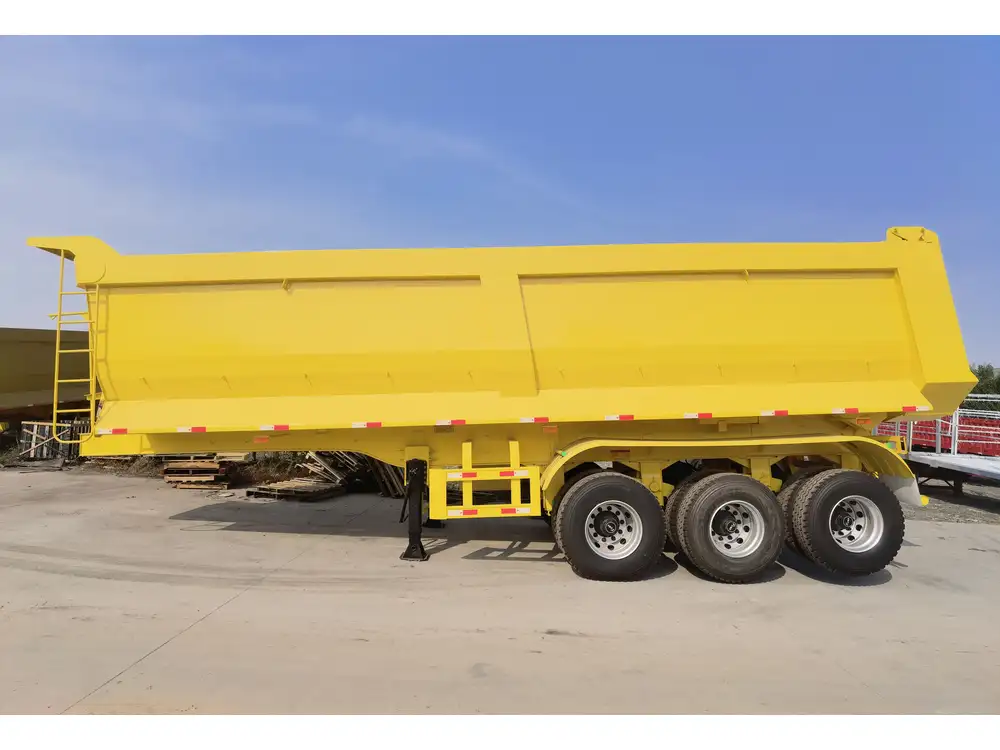
Regulatory Standards for Load Securing
Compliance with transportation regulations is paramount to ensure safety and avoid penalties. In the United States, the Federal Motor Carrier Safety Administration (FMCSA) provides guidelines that dictate the minimum requirements for load securing.
FMCSA Securing Load Rules
| Aspect | Requirement |
|---|---|
| Number of Straps | At least two straps are required for most loads, but additional straps may be necessary based on load size and weight. |
| Anchor Point Strength | Anchor points must withstand at least five times the weight of the load being secured. |
| Strap Condition | Straps must be free from defects such as frays, tears, or excessive wear. |
| Strap Material | Must be made of strong, durable materials like polyester or nylon, capable of handling the load’s dynamic forces. |
| Vertical Load Prevention | Straps must prevent any vertical movement of the cargo, ensuring it remains stable throughout transit. |
International Regulations
For international shipments, standards may vary. Organizations such as the European Union’s Economic Commission for Europe (ECE) have their own set of guidelines, often harmonizing with or differing from FMCSA standards in certain aspects. It’s crucial to consult regional regulations relevant to your transportation routes.
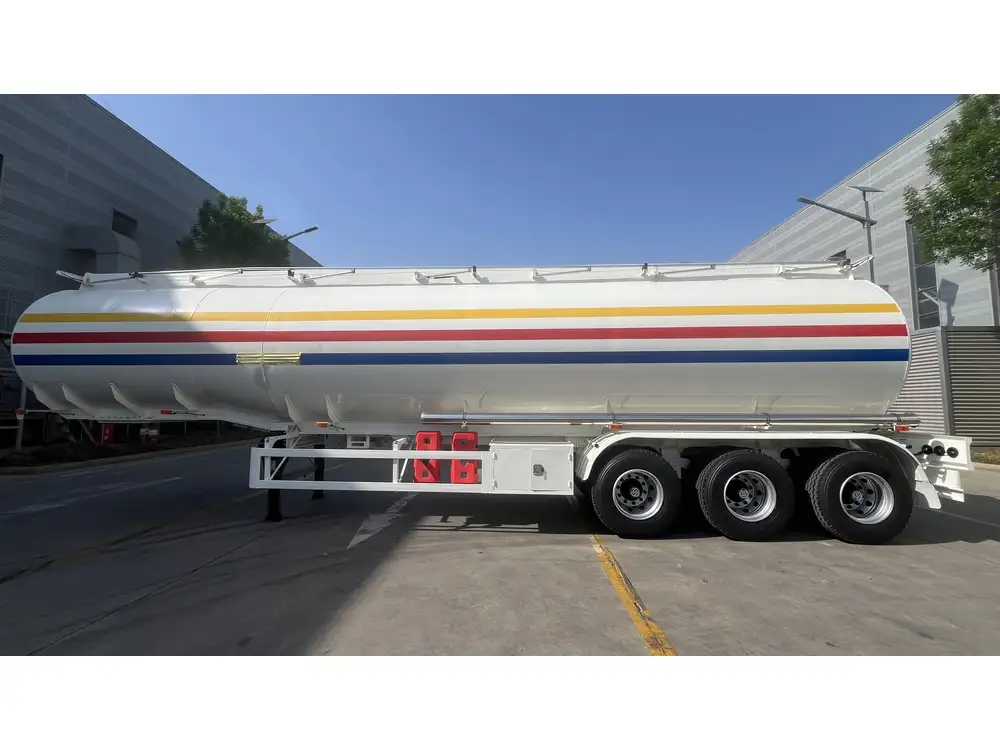
Calculating the Required Number of Straps
Determining the exact number of straps involves a systematic approach that considers load-specific variables. Here’s a step-by-step method to calculate the appropriate strap quantity:
Step 1: Assess Load Weight and Dimensions
- Weigh the Load: Obtain an accurate weight measurement.
- Measure Load Dimensions: Note the length, width, height, and any protruding parts.
Step 2: Determine Load Type
- Identify if the load is standard, oversized, irregular, or hazardous, as this influences securing methods.
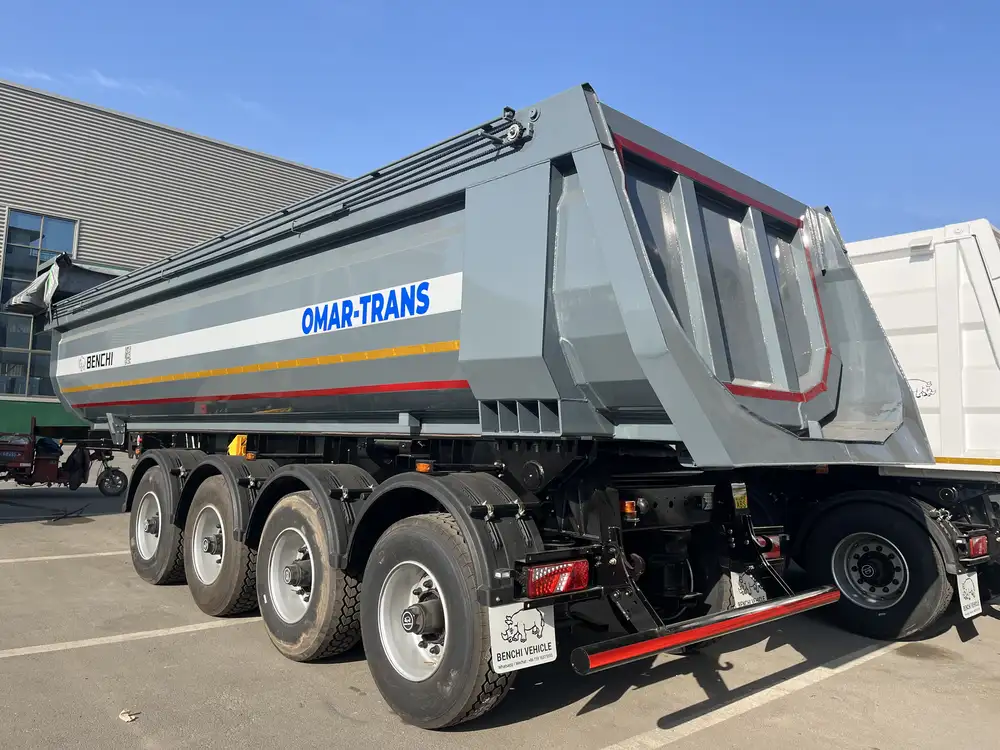
Step 3: Analyze Center of Gravity
- Higher centers of gravity can cause lateral shifts; additional straps may be required to balance.
Step 4: Evaluate Trailer Characteristics
- Consider the number of anchor points and their placement on the trailer.
Step 5: Apply Regulatory Multipliers
- Use FMCSA’s guideline that anchor points must support at least five times the load weight.
- Calculate the minimum number of straps by dividing the total required strength by the strength of each strap.

Example Calculation
Suppose you have a load weighing 10,000 pounds with a center of gravity that is moderately high. Each strap you plan to use can handle up to 3,000 pounds.
- Total Required Strength: 10,000 lbs x 5 = 50,000 lbs
- Number of Straps: 50,000 lbs / 3,000 lbs per strap ≈ 17 straps
However, practical applications often require fewer straps based on optimal placement and load distribution. A more realistic approach involves securing at least one strap for every 2,000 to 3,000 pounds of load, adjusted for load characteristics.
Best Practices for Securing Loads with Straps
Adhering to best practices enhances the effectiveness of load securing, ensuring safety and compliance.
Choose the Right Type of Straps
- Ratchet Straps: Offer high tension and durability, ideal for heavy and high-value loads.
- Round Slings: Suitable for delicate or irregularly shaped cargo, reducing the risk of damage.
- Web Straps: A cost-effective option for lighter loads but require careful handling to prevent slippage.
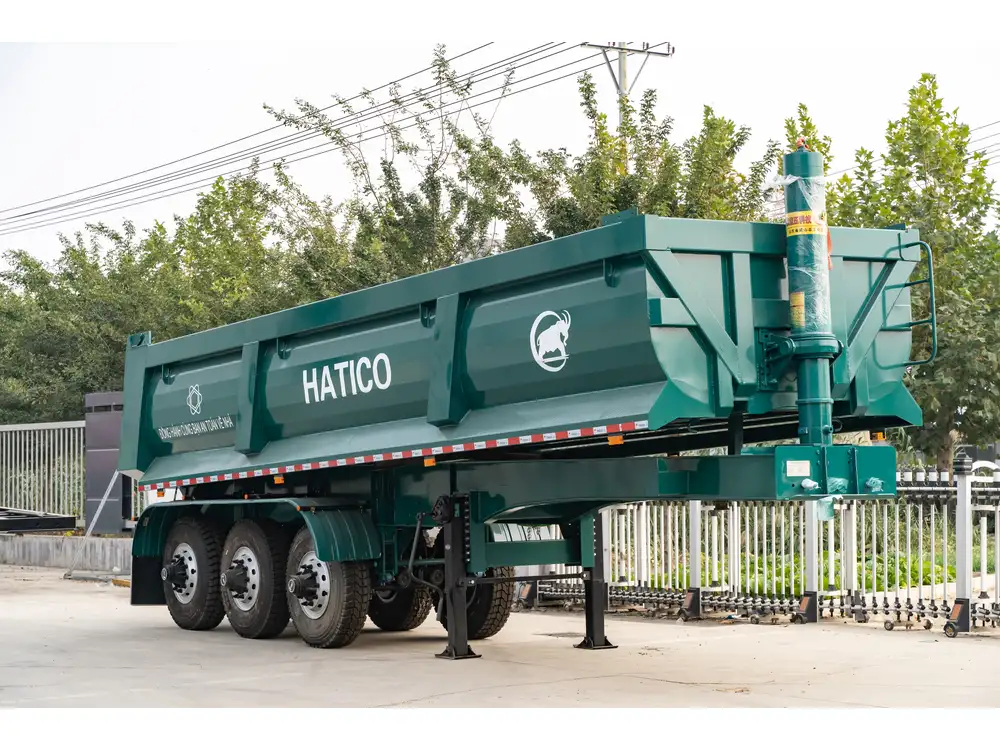
Position Straps Strategically
- Diagonal Cross-Strapping: Provides balanced tension and prevents load shifting in multiple directions.
- Edge Securing: Ensures load edges are tightly bound, minimizing movement.
- Center Tie-Downs: Reinforces central load points, especially for long or unevenly distributed loads.
Regularly Inspect Straps
- Pre-Trip Inspections: Check for visible damage, wear, or inadequate tension before each journey.
- In-Transit Monitoring: Periodically inspect straps during long trips to ensure they remain secure.
Utilize Supplemental Securing Devices
- Load Bars and Dunnage: Complement straps by filling gaps and preventing load movement.
- Tarps and Covers: Protect loads from environmental elements without affecting strap integrity.

Advanced Techniques for Optimal Load Securing
For complex or high-value cargo, advanced securing methods ensure maximum safety and efficiency.
Load Distribution
Evenly distribute the load across the trailer to prevent overloading specific areas. Balanced distribution reduces the strain on individual straps and enhances overall stability.
Dynamic Securing Systems
Incorporate systems that adjust to load movements during transit, maintaining consistent tension and reducing the risk of strap failure.

Load Simulation Tools
Utilize software and simulation tools to model load behavior under various conditions, aiding in the precise calculation of strap requirements.
Case Studies: Effective Load Securing Strategies
Case Study 1: Oversized Equipment Transportation
Scenario: Transporting heavy machinery with irregular dimensions.
Solution:
- Used high-tensile ratchet straps rated for 5,000 lbs each.
- Implemented a diagonal cross-strapping pattern to stabilize uneven load distribution.
- Applied supplemental dunnage to fill gaps and prevent lateral movement.
- Total straps used: 20
Outcome: Successful transportation without cargo shift or damage, adhering to FMCSA regulations.

Case Study 2: Long-Distance Food Products Delivery
Scenario: Securing perishable food items in a refrigerated trailer.
Solution:
- Employed polyester web straps to minimize cargo damage.
- Utilized center tie-downs to maintain load height and prevent vertical movement.
- Conducted regular in-transit inspections to ensure strap integrity.
- Total straps used: 15
Outcome: Maintained load stability and product integrity throughout the journey, ensuring timely delivery.
Common Mistakes to Avoid in Load Securing
Ensuring your load is secured correctly is vital, but certain pitfalls can compromise safety and compliance.
Underestimating Strap Strength
Using straps that cannot handle the load’s dynamic forces can lead to failure. Always calculate the required strength considering both static and dynamic loads.
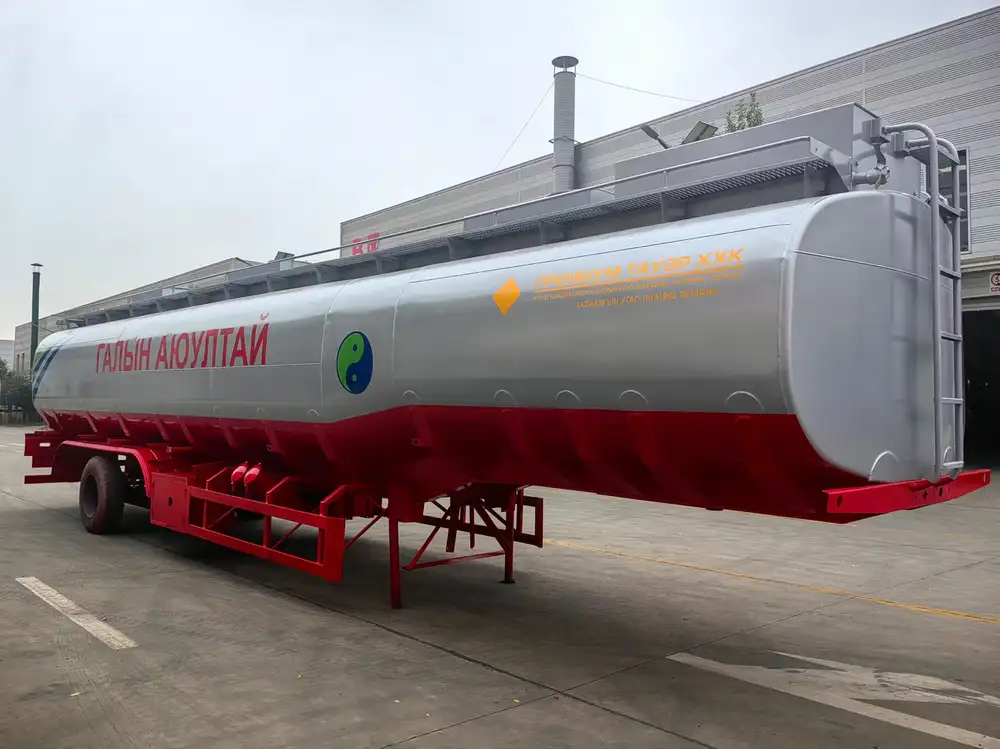
Inadequate Strap Coverage
Partial securing can allow portions of the load to move. Ensure straps cover the entire load area for uniform distribution.
Neglecting Environmental Factors
Exposure to extreme temperatures, moisture, or UV rays can degrade straps. Choose straps rated for your specific environmental conditions.
Over-Tightening Straps
Excessive tension can damage the cargo or weaken the straps. Apply adequate tension to prevent movement without over-stressing the straps.
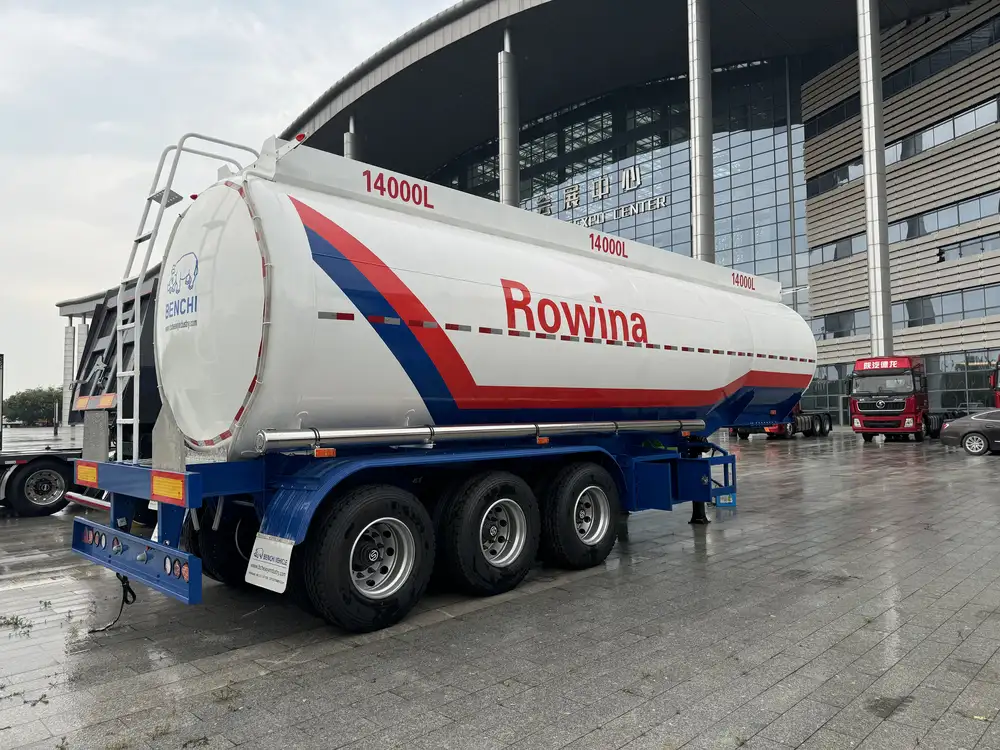
Innovations in Load Securing Technology
The transportation industry continuously evolves, introducing innovations that enhance load securing efficiency and safety.
Smart Straps
Equipped with sensors, smart straps monitor tension and alert drivers of any shifts or loosening, allowing for real-time adjustments.
Automated Tightening Systems
These systems automatically apply optimal tension to straps, reducing human error and ensuring consistent securing.

Eco-Friendly Materials
Developers are creating straps from sustainable materials without compromising strength, catering to environmentally conscious businesses.
The Role of CarMax Vehicle in Load Securing
At CarMax Vehicle, our expertise in manufacturing semi-trailers extends to providing practical solutions for efficient load securing. Our trailers are designed with multiple secure anchor points, facilitating the optimal use of straps for various load types. Additionally, we offer guidance and support to ensure our clients implement best practices in load securing, enhancing safety and compliance on the roads.
Table: Recommended Strap Quantities Based on Load Weight
| Load Weight (lbs) | Minimum Number of Straps |
|---|---|
| 1,000 – 2,000 | 2 |
| 2,001 – 5,000 | 3-4 |
| 5,001 – 10,000 | 5-7 |
| 10,001 – 20,000 | 8-12 |
| 20,001 and above | 13 and above |
Note: These numbers are baseline recommendations. Specific load characteristics may necessitate additional straps.

Checklist: Preparing Your Load for Transport
Ensuring your load is ready for transport involves a systematic preparation process.
- Inspect Cargo: Check for any damage or instability before securing.
- Choose Appropriate Straps: Select straps based on load type and weight.
- Plan Strap Placement: Determine the best points on the trailer for anchoring.
- Apply Straps Correctly: Utilize proper techniques to ensure optimal tension and coverage.
- Conduct Final Inspection: Verify that all straps are secure and the load is stable.
- Monitor During Transit: Regularly check straps and load condition throughout the journey.
Frequently Asked Questions
1. What types of straps are best for securing heavy loads?
Ratchet straps are generally preferred for heavy loads due to their high tensile strength and ability to provide significant tension. Polyester web straps are also suitable, offering durability and resistance to abrasion, making them ideal for heavy or sharp-edged cargo.
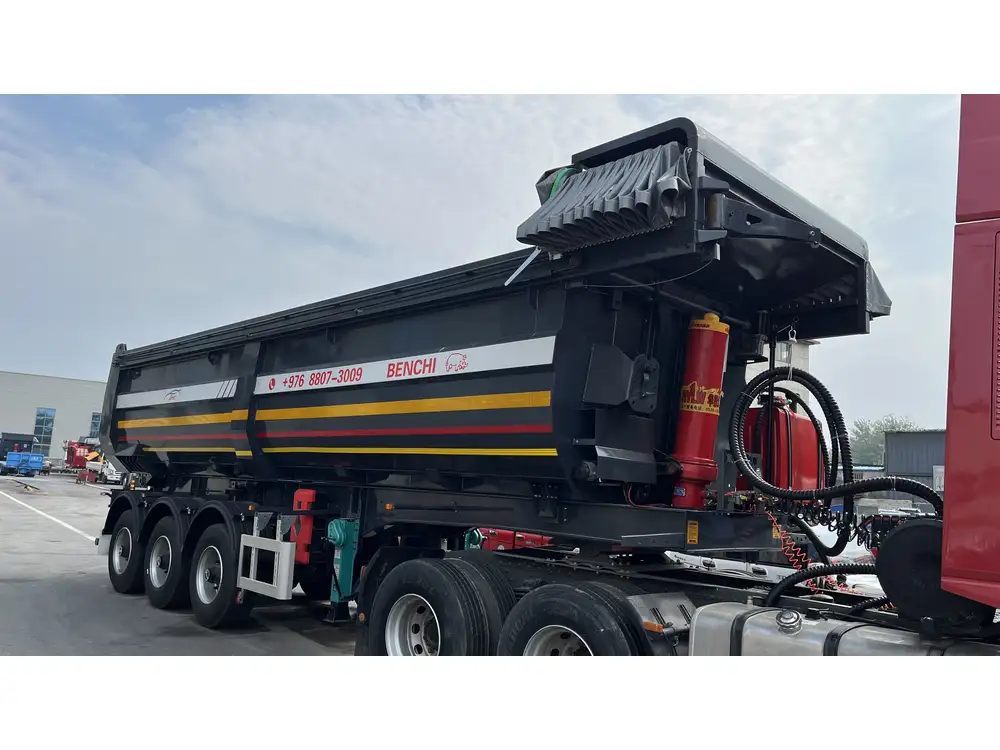
2. How often should I inspect my load straps?
Straps should be inspected before each trip, after any significant stops, and periodically during long journeys. Regular inspections help identify any signs of wear, damage, or loosening, ensuring the load remains secure throughout transit.
3. Can I reuse straps for different loads?
Yes, straps can be reused if they are in good condition without any signs of damage, fraying, or excessive wear. However, it’s essential to inspect them thoroughly before each use to ensure their integrity and strength are uncompromised.
4. What are the consequences of improperly securing a load?
Improperly secured loads can lead to cargo shifting or falling off the trailer, causing accidents, damage to goods, and potential legal penalties. Ensuring proper load securing is vital for safety, compliance, and the protection of cargo.
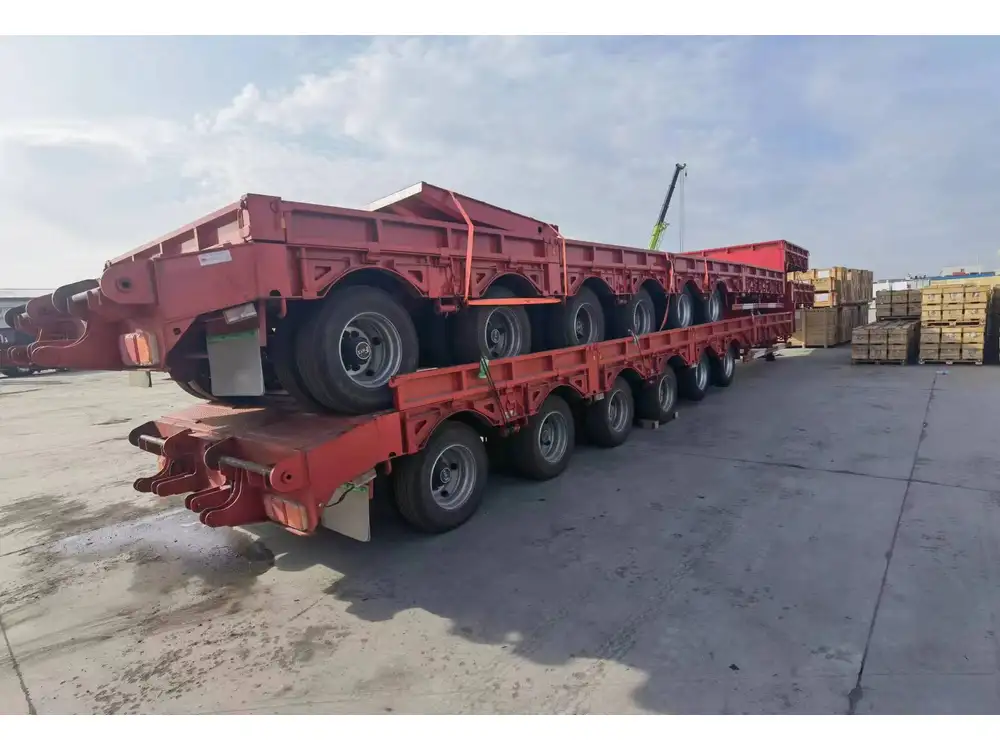
5. Are there alternatives to using straps for load securing?
While straps are one of the most common methods, alternatives include chains, binders, load bars, and tarps. Depending on the load type and specific requirements, these alternatives can complement or, in some cases, substitute for straps to enhance securing effectiveness.
Conclusion
Determining the appropriate number of straps to secure a load is a multifaceted process that demands careful consideration of various factors, including load weight, dimensions, distribution, and regulatory standards. At CarMax Vehicle, we emphasize the importance of adhering to best practices and leveraging the right securing technologies to ensure your cargo’s safety and compliance. By following the guidelines outlined in this comprehensive guide, you can confidently secure your loads, minimize risks, and uphold the highest standards of transportation safety.



